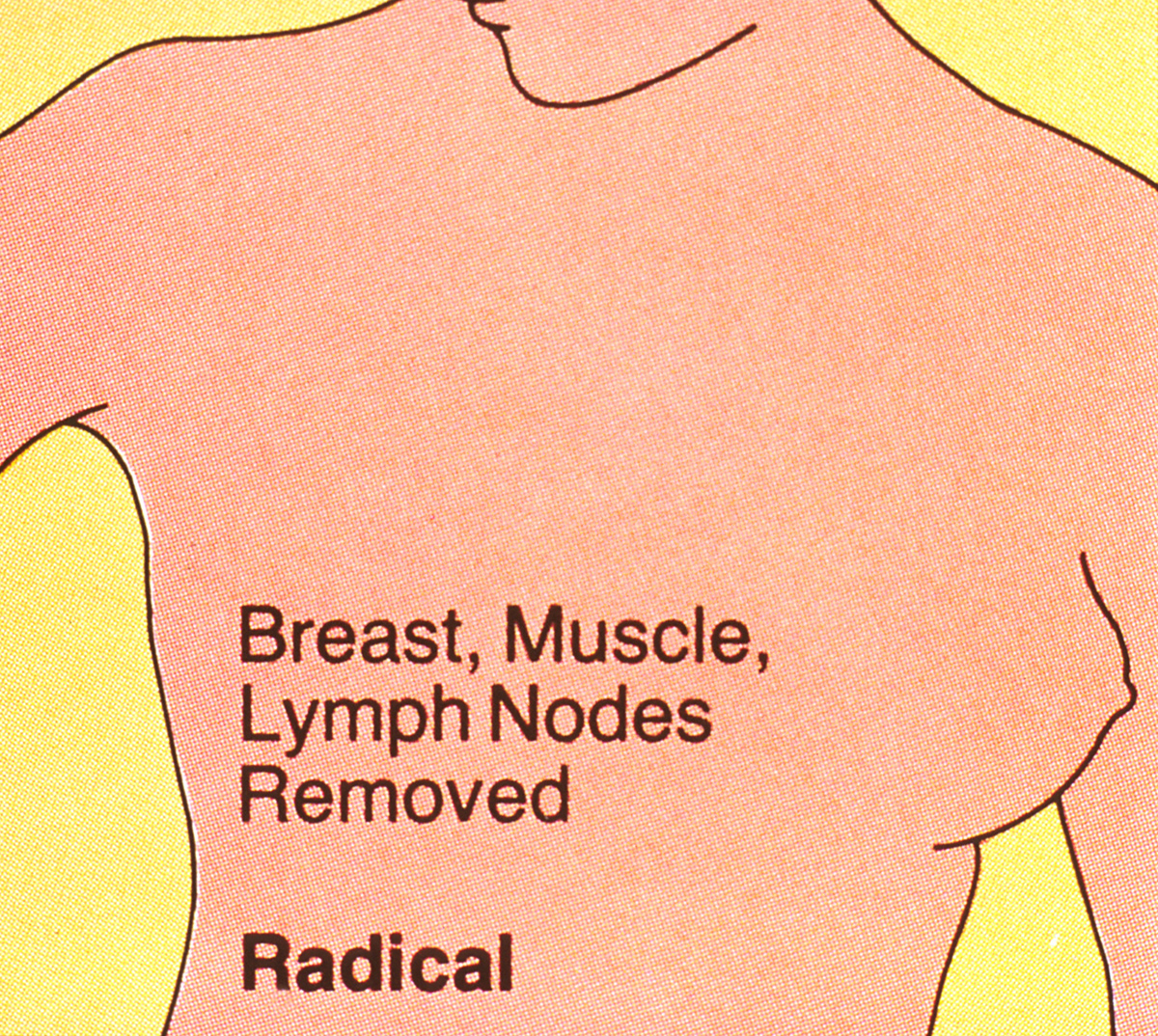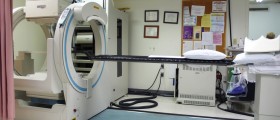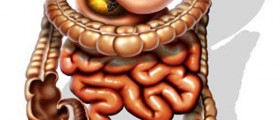
Mastectomy is an invasive operation that includes the resection of the entire breast tissue including the nipples and the areola. This surgical procedure is indicated in case of breast cancer. Today women with breast cancer can be treated with less extensive surgery in form of lumpectomy (partial resection of the breast where only a tumor together with surrounding tissue is removed). While mastectomy is radical leaving a woman without breast, lumpectomy is considered as breast conserving operation. There are several factors which determine whether mastectomy or lumpectomy is going to be performed. Mastectomy is done in cases of large tumors, if tumor involves at least two quadrants of the breast, if it is exulcerated and in some other cases.
There are some certain types of the mastectomy depending on what is removed or the level of conservation. Simple or total mastectomy includes the removal of the entire breast but the muscle beneath the breast is spared. The most commonly conducted is traditional mastectomy where the surgeon resects an ellipse of the skin that includes the skin of areola complex. Skin sparing mastectomy includes removal of breast tissue and the skin of the nipple. Nipple sparing is done when sparing the areola region. Total skin sparing is a procedure in which only the breast tissue is removed and all the skin is intact. For skin of the areola and nipple to be spared it is important that tumor is not bigger than 2 centimeters or is at least 2 centimeters away from the nipple. All the previously mentioned procedures are ideal in case of prophylactic mastectomy and are generally followed by direct breast reconstruction.
Unlike conserving operations radical mastectomy includes the resection of the whole breast tissue, the underlying muscle and lymph nodes of the ipsilateral axilla. Nowadays it is not performed often. Modified radical mastectomy is a combination of total mastectomy and it includes the removal of the lymph nodes of the ipsilateral axilla. In this case a woman can undergo immediate or late reconstruction.
During the operation general anesthesia is required. The length of operation depends on the type. After the surgery a woman spends certain time in the recovery room where her vital parameters are monitored. Painkillers are in the beginning administered intravenously, later taken orally. The hospitalization lasts from one to seven days according to the surgery.
The risks of the procedure are equivalent to the risks of any other operations conducted under the general anesthesia. After the operation most of the patients do not encounter any complications. In some cases wound can get infected but if appropriate combination of antibiotics is administered after the surgery even this can be avoided. Women who have undergone the mastectomy especially those whose axilla is resected are advised not to lift heavy objects to prevent potential lymph edema of the ipsilateral arm.
















Your thoughts on this
Loading...